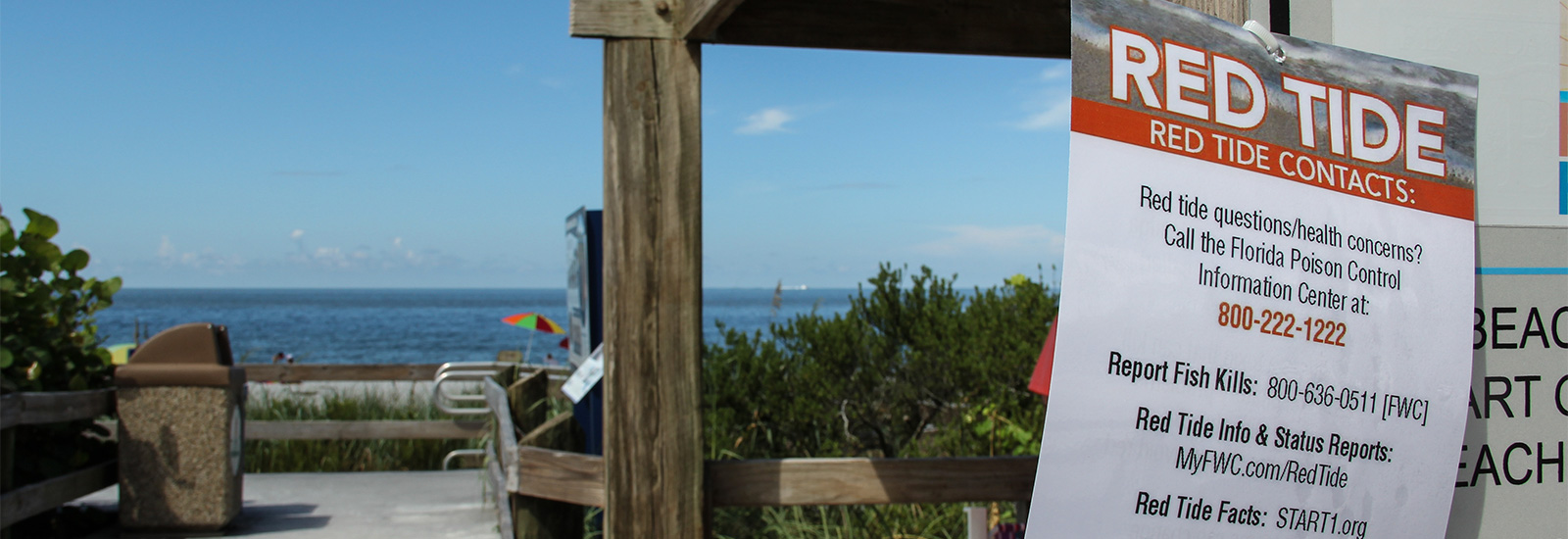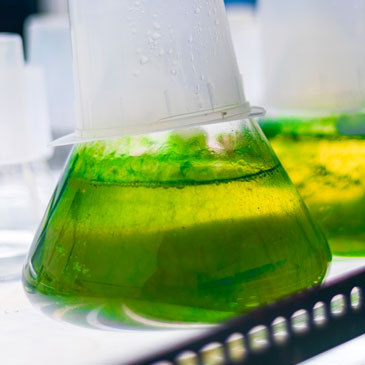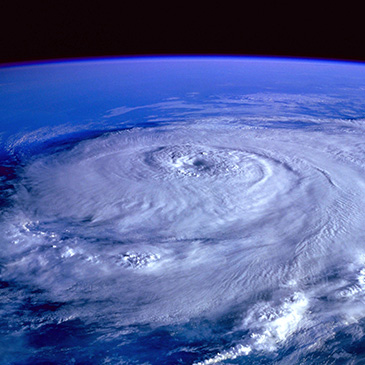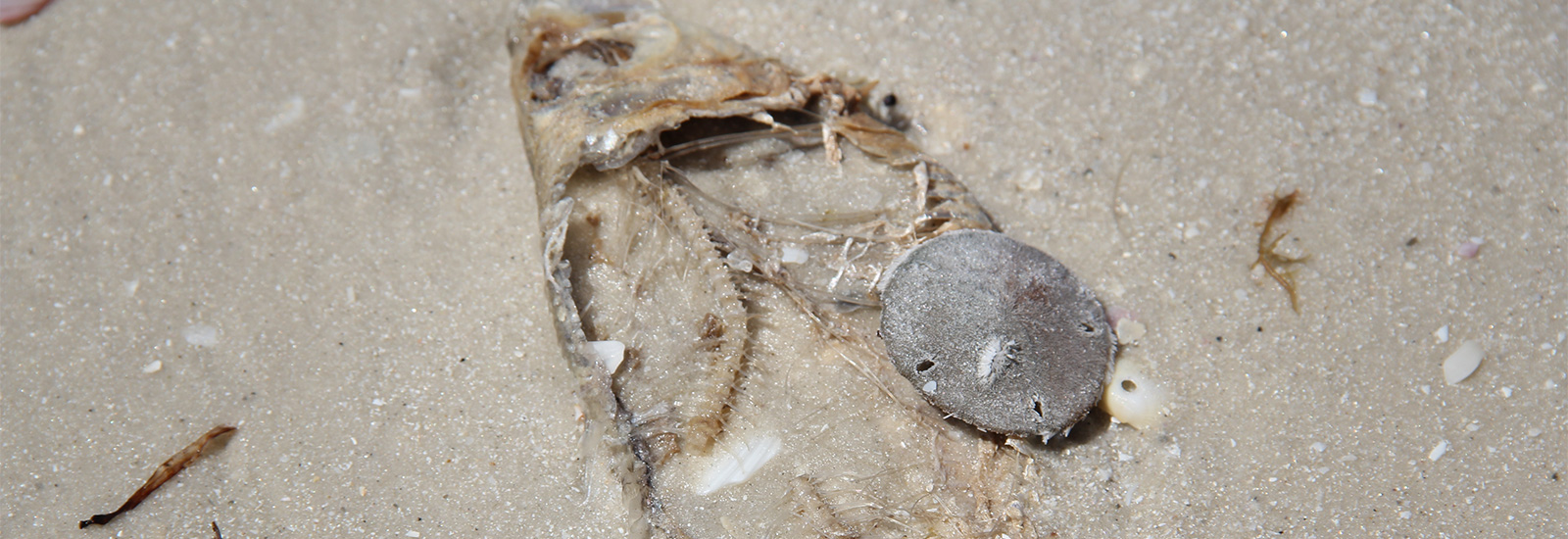What’s the impact on endangered species?
Just in the Florida Panhandle region, more than 500 dolphins died during four Unusual Mortality Events between 1999 and 2006, and red tide was responsible for those deaths, and these are just the UMEs related to harmful algal blooms. At some point, certain populations, especially those that are endangered such as the North Atlantic right whale, may not be able to “keep up” with the loss and eventually go extinct or “functionally extinct.” What’s scary is that these things are happening during our lifetimes, and there are likely to be many species on this planet our children and grandchildren will never have the privilege to witness.
Could these die-offs have an effect on the health of our oceans?
Marine mammals are considered “sentinels of the sea” and are thought to provide important clues about the health of our ocean ecosystems. So when large numbers of marine mammals start dying, it’s a sign that ocean health is declining. These dolphin are sentinels of the health of Florida’s coastal ecosystems, with some clear implications regarding the public health impacts of harmful algal blooms. Acute exposure likely causes a very painful death, characterized by hemorrhaging and neurologic dysfunction. Chronic exposure to biotoxins is also believed to compromise the marine mammal immune system, making them more susceptible to other diseases.
Can anything be done to save marine life facing exposure to red tide?
We need to keep our water clean, and more research is needed regarding what causes these algal blooms. I think there is some consensus that warm temperatures and eutrophication play a role in the blooms, which will only be exacerbated as our planet warms and coastal development continues. I think it’s important to raise awareness and start productive conversations about what can be done to preserve these increasingly degraded coastal ecosystems. Marine mammals are getting caught in the onslaught of environmental change, and they are trying to tell us something. Now it’s our job to ensure their lives are honored by rethinking how we utilize and interact with the ocean before it’s too late.







